Much discussion goes on in the guitar world about the best hardware to use. Whether its pickups, how they’re positioned, or even the specific breed of wood on the fretboard, it’s all up for debate. [Eli Hughes] put much of that to one side, however, with his innovative “Active Pickguard” project.
The project reimagines the electronics of an electric guitar from the ground up. Instead of typical electromagnetic pickups, six individual piezo pickups are built into the bridge – one for each individual string. The outputs of these pickups is conditioned and then read by the analog-to-digital converter of a Freescale Kinetis K40. The DSP-capable chip can then be used to apply all manner of effects. [Eli] demonstrates the guitar providing an uncanny imitation of an acoustic guitar, before demonstrating jazz and overdrive tones as well.
The Kinetis chip also features touch-sensitive inputs, which [Eli] put to good use. All the hardware is built into a pickguard-shaped PCB, complete with touch controls for things like volume, tone, and choosing different DSP patches.
Unlike a regular guitar, this one needs a power supply, which it gets via a CAT 6 cable, in place of the usual 1/4″ guitar cable. The CAT 6 also carries audio out to a converter box which allows the audio to be output to a regular guitar amplifier.
It’s a neat build, and one that shows just how modern technology can reimagine a simple 20th-century instrument. DSP really is magic, after all. Video after the break.
Continue reading “Active Pickguard Makes For A Great Guitar Mod”


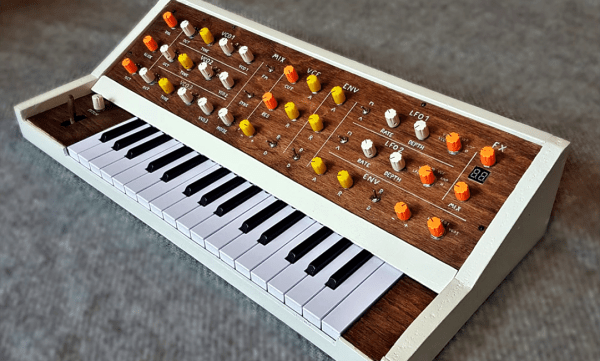


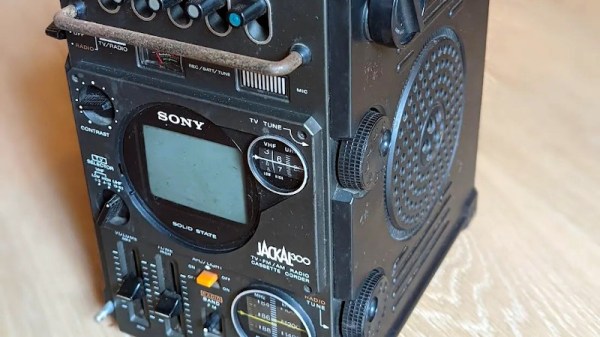
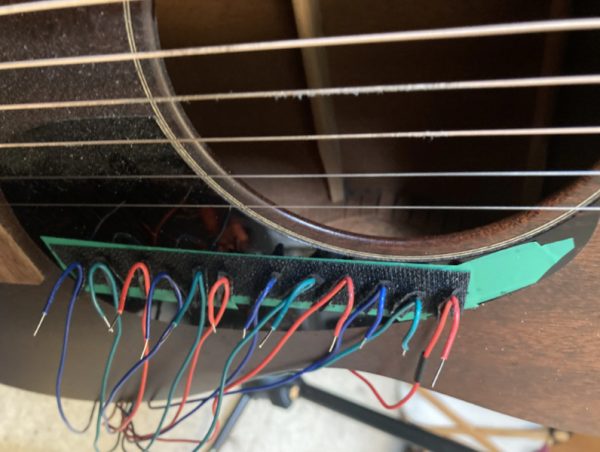
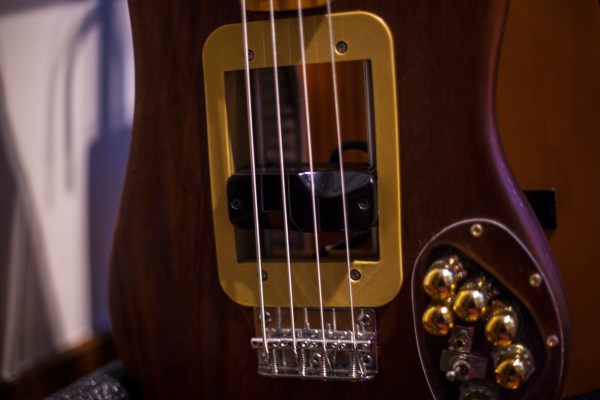

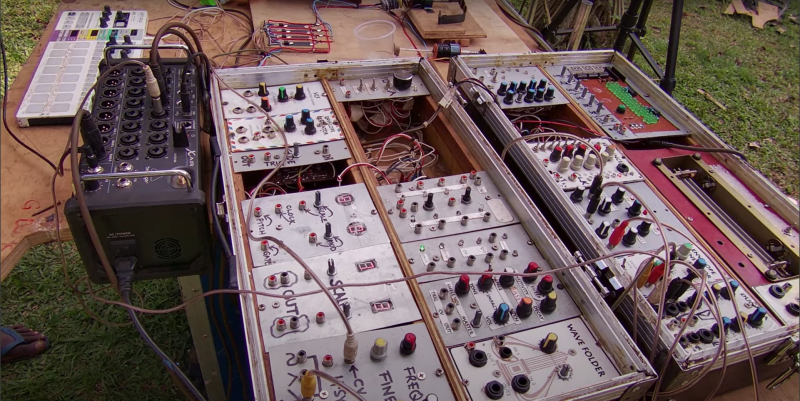
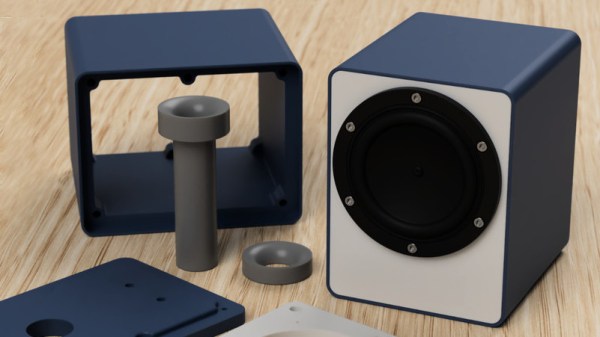
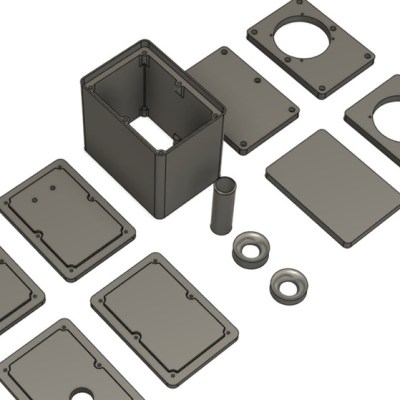 The parts can be 3D-printed, but the design ensures that the front and back panels are flat, so one can use wood or some other material for those depending on preference and appearance. The assembly is screwed together using six M3 bolts per side with optional
The parts can be 3D-printed, but the design ensures that the front and back panels are flat, so one can use wood or some other material for those depending on preference and appearance. The assembly is screwed together using six M3 bolts per side with optional 









